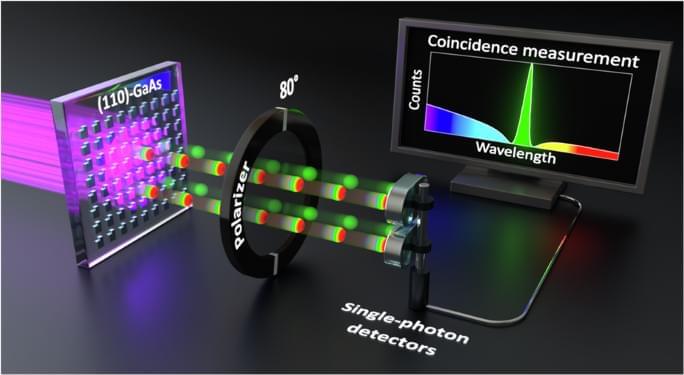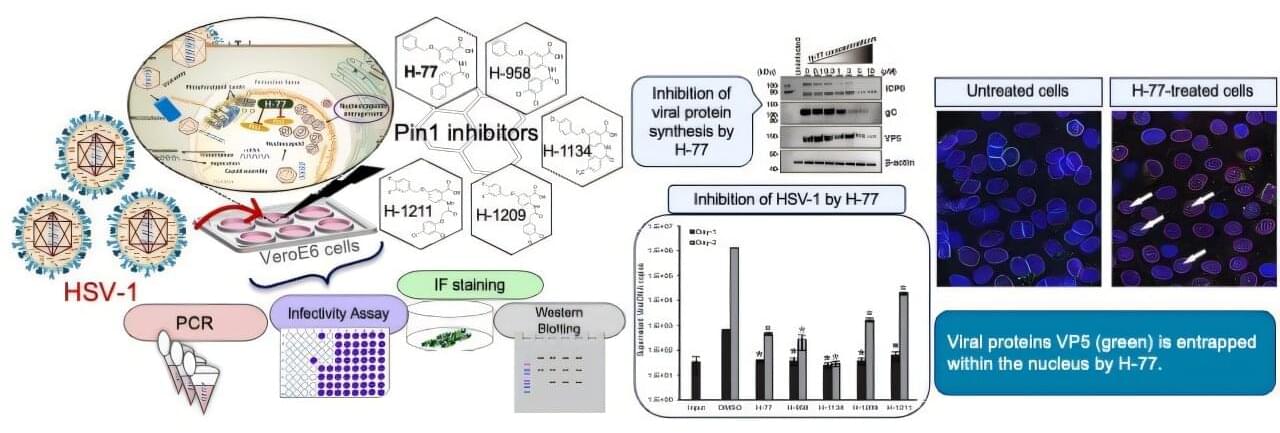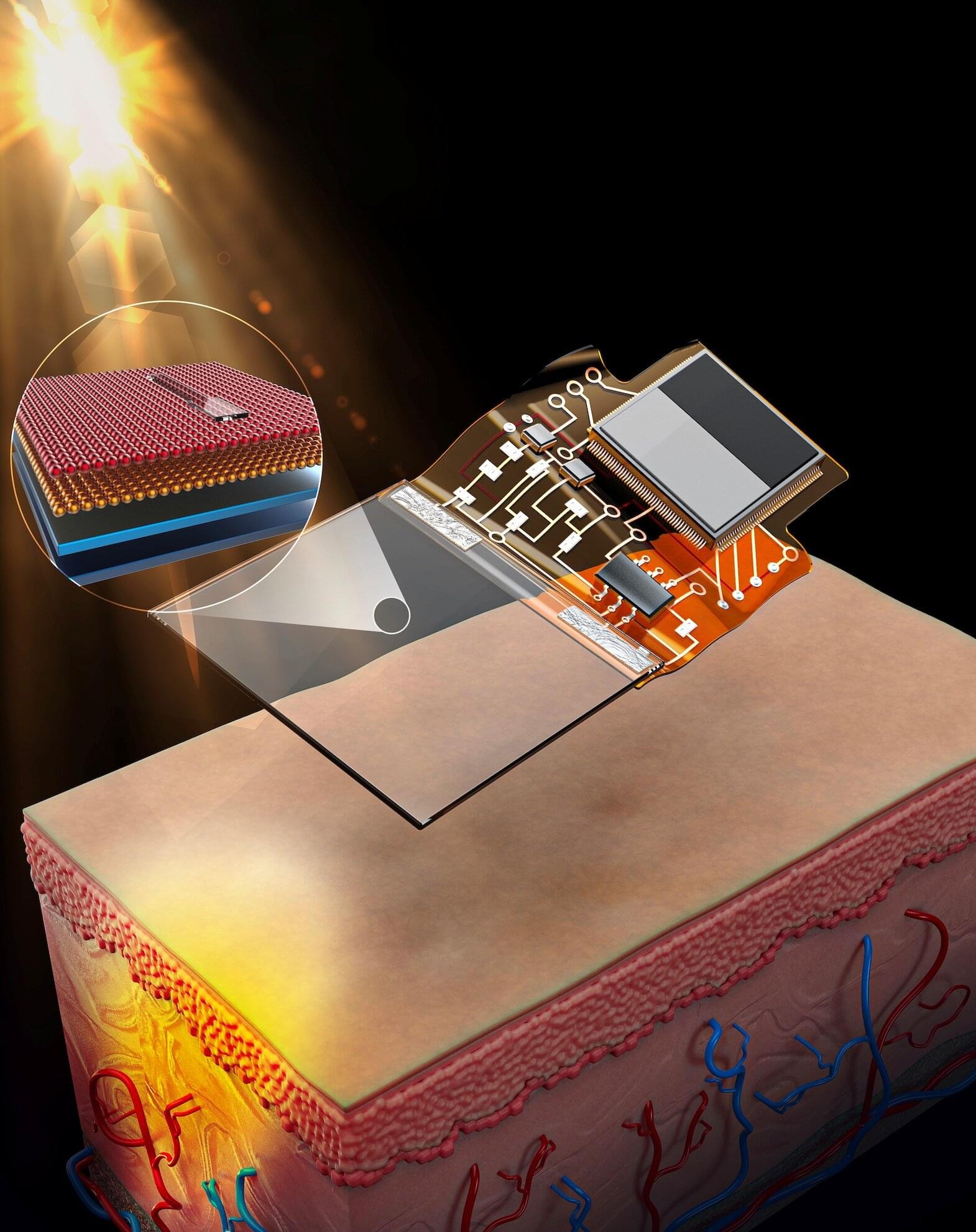Two-photon interference, a quantum phenomenon arising from the principle of indistinguishability, is a powerful tool for quantum state engineering and plays a fundamental role in various quantum technologies. These technologies demand robust and efficient sources of quantum light, as well as scalable, integrable, and multifunctional platforms. In this regard, quantum optical metasurfaces (QOMs) are emerging as promising platforms for the generation and engineering of quantum light, in particular pairs of entangled photons (biphotons) via spontaneous parametric down-conversion (SPDC). Due to the relaxation of the phase-matching condition, SPDC in QOMs allows different channels of biphoton generation, such as those supported by overlapping resonances, to occur simultaneously. In previously reported QOMs, however, SPDC was too weak to observe such effects.









